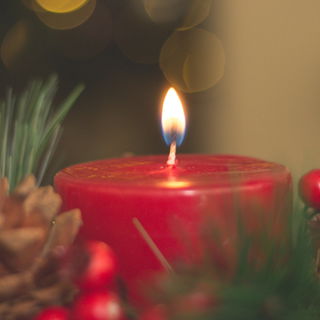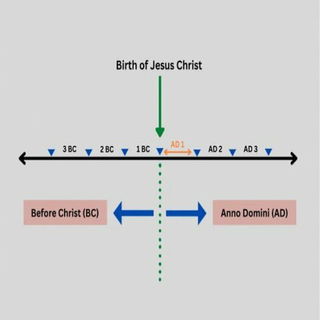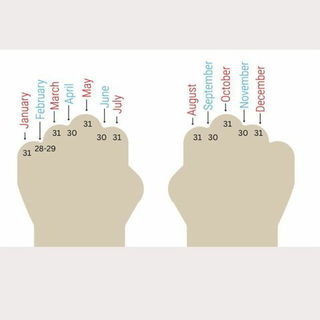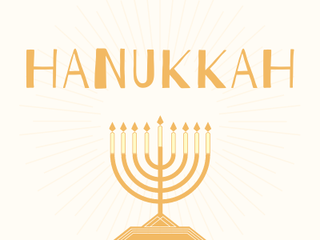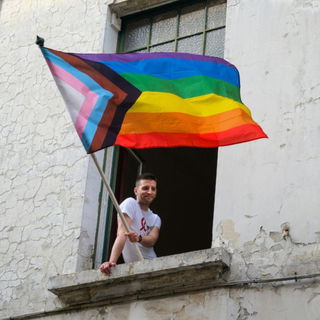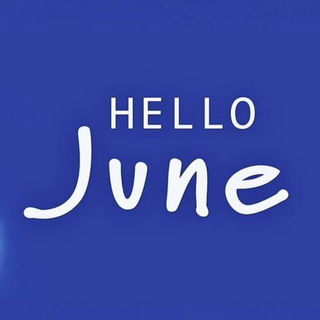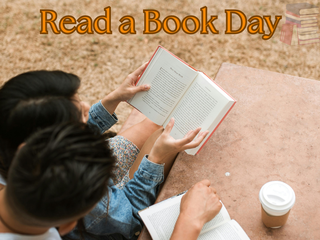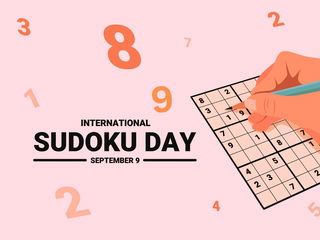- Calendar
- Calendar 2026
- September
- West Indian Day Parade
West Indian Day Parade
The West Indian Day Parade is celebrated every year on the first Monday of September in celebration of Caribbean culture, music, and heritage, held in Brooklyn, New York, during Labor Day weekend.
The event draws over a million people each year, making it one of the largest cultural festivals in the United States.
While the main parade rolls through Eastern Parkway, the festivities begin days earlier, with concerts, costume showcases, and lively street parties lighting up the Crown Heights neighborhood.
History of West Indian Day Parade
The West Indian Day Parade started in Harlem before it took over Eastern Parkway in Brooklyn.
In the 1930s, Jessie Waddell and a group of Caribbean immigrants wanted to bring the fun and energy of Carnival to New York.
But February was way too cold for outdoor events, so they held indoor masquerade balls instead.
These took place in famous places like the Savoy, Renaissance, and Audubon Ballrooms.
But Carnival wasn’t meant to stay inside, it needed space to dance in the streets.
That chance came in 1947 when Harlem hosted its first Caribbean street parade. The Trinidad Carnival Pageant Committee organized the event, and the parade went down Seventh Avenue starting at 110th Street.
The parade brought Harlem’s streets to life with lively music, colorful costumes, and strong Caribbean pride.
Dorothy Godfrey earned the honor of being the very first Carnival Queen, and a commemorative booklet was created to mark the occasion.
Much credit went to Jessie Waddell Compton, whose passion and leadership played a key role in turning the vision into reality.
Challenges And Controversies
Although the West Indian Day Parade is popular for its lively celebration, over the years, there have been several moments that have haltered the event and serious incidents that threatened the safety. .
The early 2000s has been witness to many stabbings and shootings during and after the parade as there have been reports of people being shot and stabbed.
Two years later, in 2005, another person lost their lives to gun violence along the parade route. The pattern continued in 2006 with reports of both a shooting and a stabbing.
At first, the 2007 parade seemed calmer, only one man was reported shot in the leg. But later, it was confirmed that Nathaniel Smith had been shot and killed, casting another shadow over the event.
The early morning hours of 2011 saw a spike in violence. One person was killed, five were shot, and three others were stabbed. Gunfire caused panic among the crowd, turning a moment of celebration into fear.
WIADCA President Yolanda Lezama-Clark and city officials condemned the violence and reminded the public that the parade stands for peace and cultural pride.
That same year, NYC Councilman Jumaane Williams was arrested for walking on a blocked-off sidewalk.
He said he had police permission, sparking debate about how the event was being policed. In 2012, two people were stabbed to death and two others were shot after the parade ended.
The following year, 2013, saw more violence, two men were killed, and three others injured in separate shootings.
In 2015, Carey Gabay, a lawyer and advisor to Governor Andrew Cuomo, was shot in the head during the early morning J’ouvert celebration before the parade. He died nine days later. That same morning saw another fatal stabbing and multiple shooting incidents, leading to stronger calls for safety.
The city increased security in 2016, adding more officers, 42 cameras, and 200 bright lights, but violence still broke out.
Two people were killed, and five others were hurt. Flyers were even handed out asking people not to shoot or stab anyone. Despite all this, the violence wasn’t fully stopped.
In 2023, a man accidentally shot himself near Eastern Parkway. Elsewhere, someone was shot, and two people were stabbed during a fight.
The most serious recent incident happened on September 2, 2024. A gunman fired from a street median, hitting five people between the ages of 16 and 69. One of the victims sadly died.
Although these violent events involve a few people, they have had a big impact. They show the need for continued teamwork between the police, organizers, and the community.
Highlights of the Parade
- J’ouvert: The pre-dawn celebration that kicks off the day, rooted in emancipation traditions.
- Masqueraders: Participants in elaborate costumes dancing behind their music trucks.
- Live Performances: Local and international artists often make appearances to amp up the energy.
- Food Vendors: Dozens of stalls serving authentic Caribbean dishes and drinks.
Celebrations of West Indian Day Parade
During the West Indian Day Parade, the streets come alive with vibrant costumes, loud musics, and people dancing all over the place.
People from different Caribbean countries proudly wave their flags and wear bright outfits with feathers and glitter. Music like soca, reggae, and calypso fills the air, and you can smell tasty Caribbean food like jerk chicken and roti from food stalls.
Everyone comes together to enjoy the fun, celebrate their culture, and share their Caribbean pride with the world.
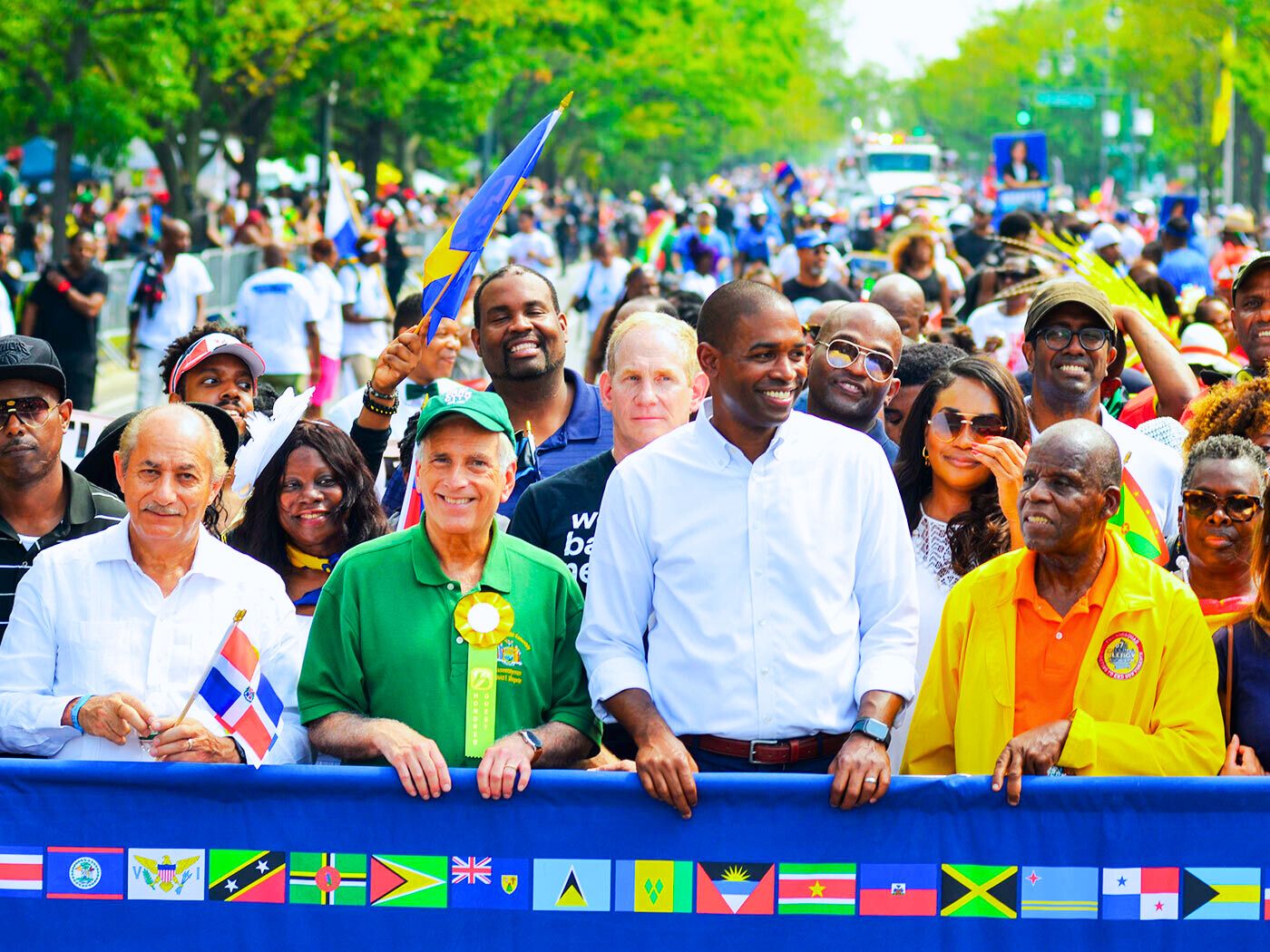
Other Celebrations
-
Mar 17 Mon
-
Jun 02 MonAmerican Indian Citizenship Day
-
Jun 11 Wed
-
Jun 20 Fri
-
Jul 24 Thu
-
Nov 27 FriAmerican Indian Heritage Day

West Indian Day Parade 2025
Date: Monday, 06 September 2027
Date: Monday, 04 September 2028
Date: Monday, 03 September 2029
